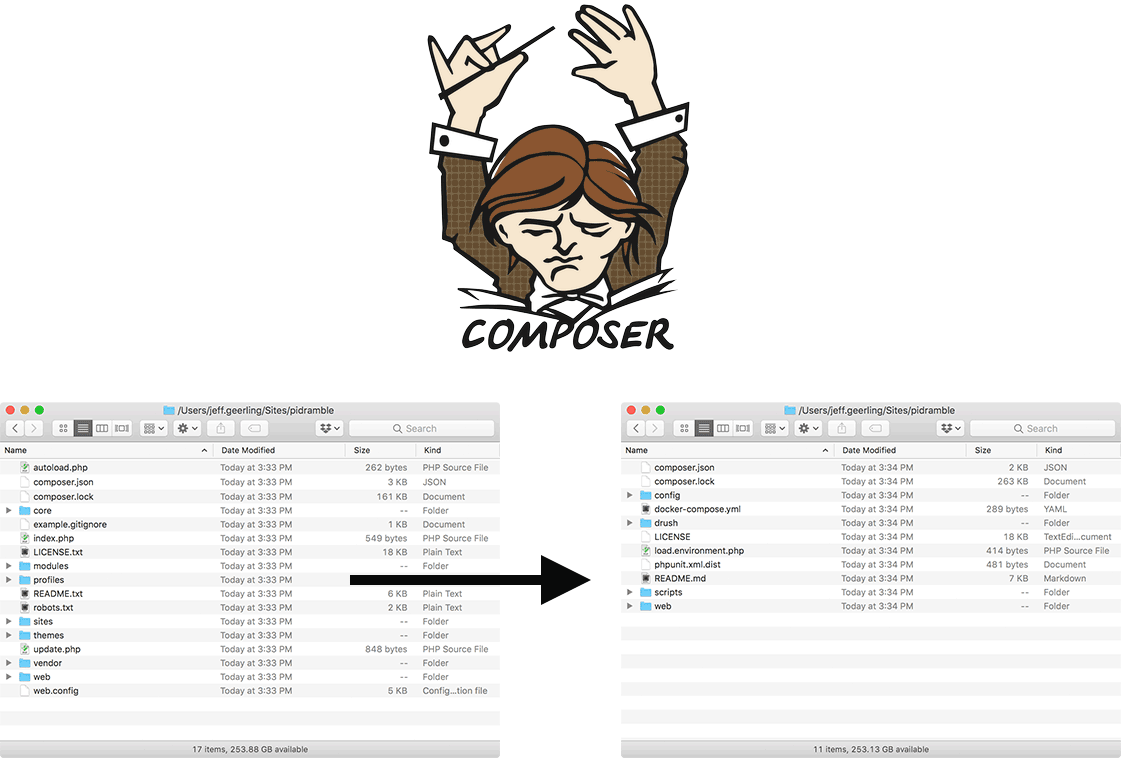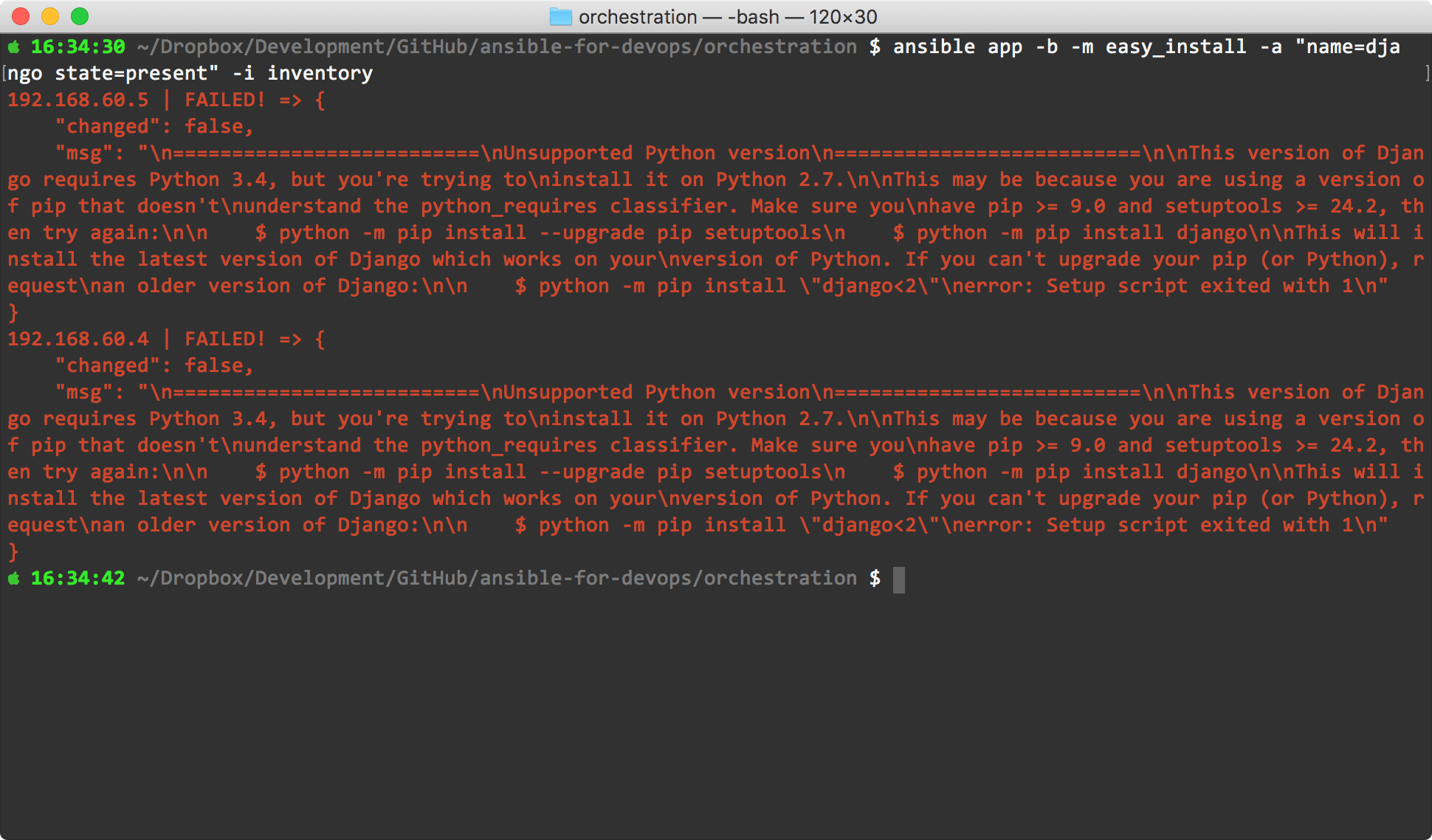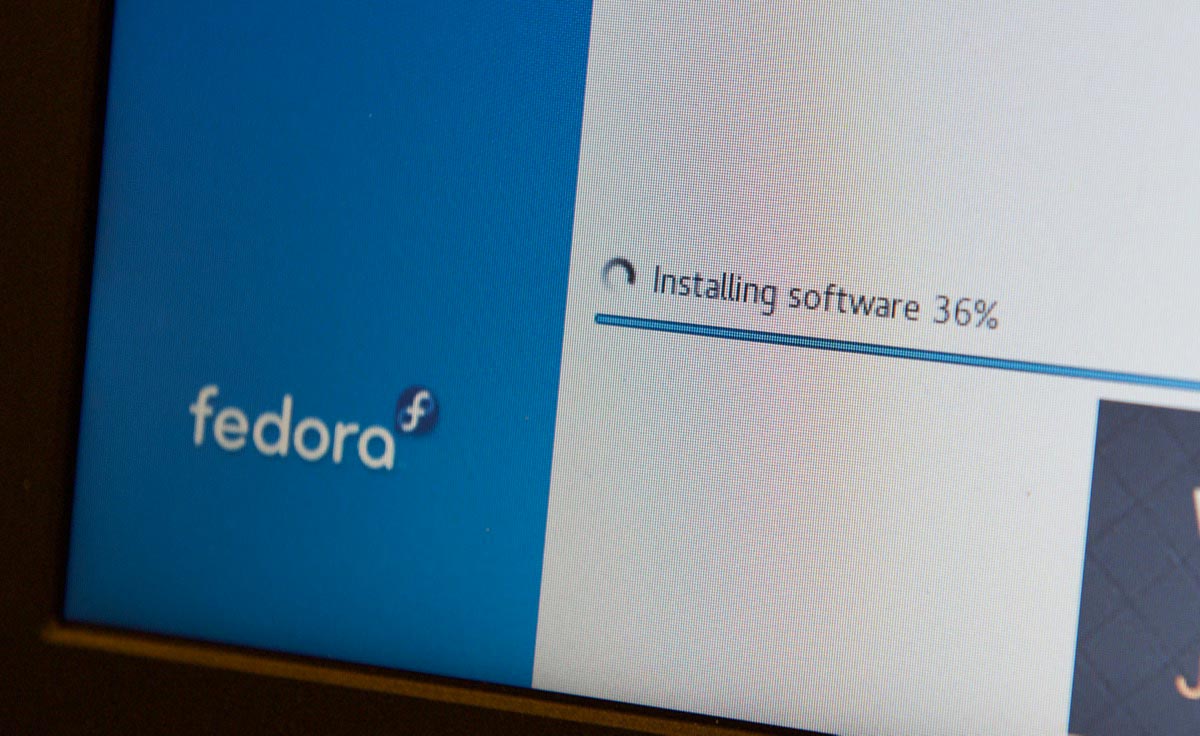AirPods get stuck in low-quality 16 kHz audio mode when starting a VM
I always love when I find a really dumb solution that works reliably to fix a problem that should never really be a problem in the first place. But having worked with audio devices before—though nothing nearly as complex as the AirPods—I am willing to cut Apple some slack in building a seamless aural experience with using AirPods across phone calls, VOIP, iOS devices, Macs, music, and Apple TVs... it's hard to execute perfectly, and as I said in my review of the AirPods two years ago, these little earbuds are as close to perfection when it comes to a wireless sound solution for someone like me.
Anyways, here's the problem:
Sometimes (maybe 10% of the time) when I run vagrant up to build a local development environment for one of my software projects, and I'm listening to music, my AirPods suddenly switch into super-low-quality audio mode. It sounds like you're listening to a song played through a long subway tunnel or something.


